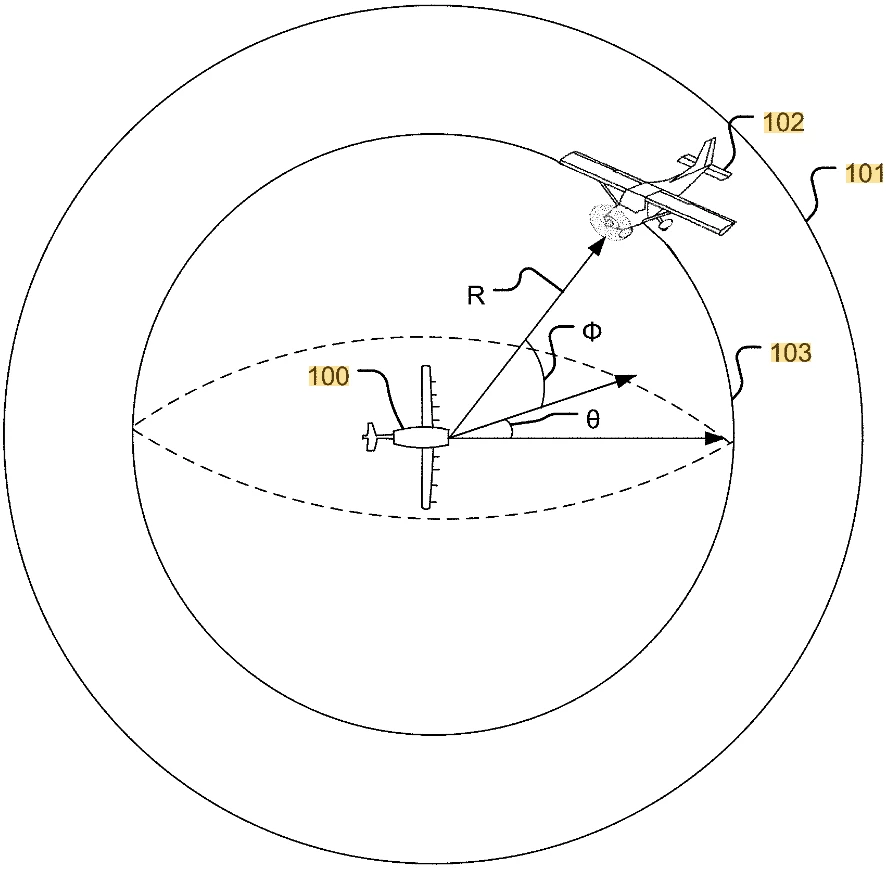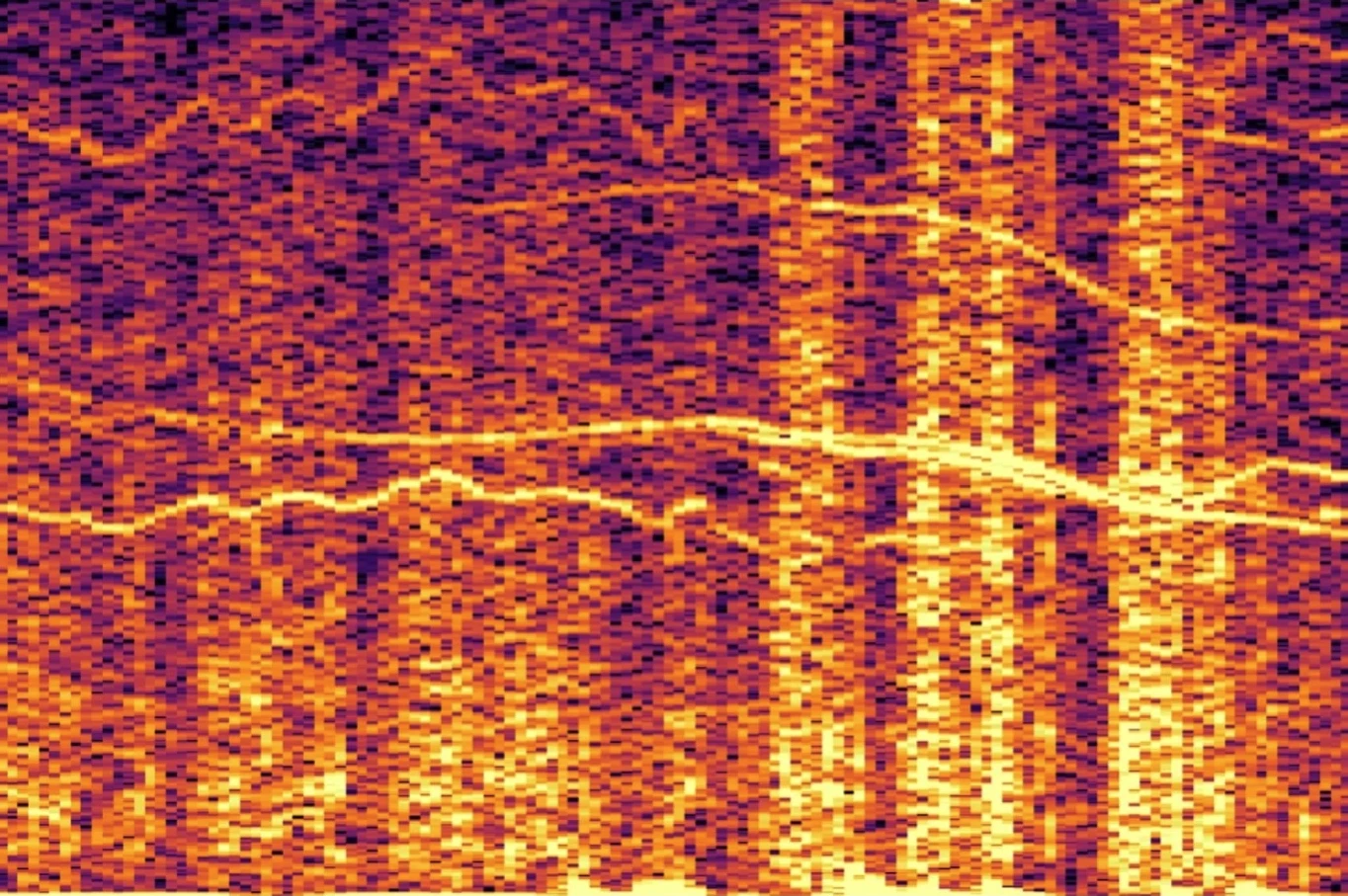It seems inevitable at this point: our urban skies will soon teem with all manner of multicopter aircraft, from small logistics and delivery drones all the way up to eVTOL air taxis and minibuses. This will bring a lot of positives, including speed, convenience, emissions reductions and getting cars off the road – and its share of negatives, notably noise pollution, the risk of things falling on heads, and a certain sense of privacy evaporating as there are constant eyes in the sky.
Either way, this future is coming, and it's really only red tape that's holding things back right now. One of the key issues is a safety concern: how can hundreds, or thousands, of these small aircraft share airspace without running into one another or interfering with the flight path of larger aircraft? This problem needs to be comprehensively solved before aviation authorities will throw the doors open to drones operating "beyond visual line of sight" of a remote pilot.
Autonomous drone delivery company Zipline – which has already completed more than 300,000 commercial deliveries over the last five years in controlled test markets – believes it has a compelling solution, in the form of an acoustic detect-and-avoid (DAA) system that co-founder and CTO Keenan Wyrobek describes as "the holy grail for drone technology."
Each aircraft would be equipped with a microphone array and onboard processors that the company says will detect other aircraft at up to 2 km (1.24 miles) away, giving them 360-degree awareness and allowing the flight control systems to monitor and track multiple aircraft, making appropriate flight path adjustments on the fly.

There are plenty of other solutions out there, ranging from optical detection systems like the Casia 360 system from Iris Automation, multi-mode and radar-based systems like the ones General Atomics has been testing on Predator drones for many years, and other transponder-style ideas that would require aircraft to broadcast their position at all times.
Zipline's acoustic solution would appear to offer some serious advantages. Radars and camera arrays are bulky, heavy and expensive, and they offer zero awareness behind visual obstructions like hills and buildings. Cameras will struggle to spot other drones at a distance, and could be compromised by lighting conditions or weather. Transponders rely on ground communications, as well as the assumption that everyone else is playing by the rules.
Microphone arrays, on the other hand, are small, lightweight, self-contained, capable of delivering spherical coverage, potentially capable of getting information from behind certain obstructions – and about as cheap as sensor equipment gets. Of course, acoustic systems have their own challenges; the drones they're attached to will themselves produce multiple, highly variable sources of audio that'll need to be subtracted from each mic's feed with extreme precision if they're to remain sensitive to small propellers more than a mile away.
Wind noise will be another issue, particularly at speed, and while we've been impressed with wind-noise-reduction technology in the past, for example in rider-to-rider motorcycle intercom systems, there's a big difference between delivering an intelligible audio signal between two humans, and delivering a super-clean spherical audio feed that can be accurately analyzed for the tiny audio signals that'll be needed for an FAA-grade sense and avoid capability.

In its US patent application, Zipline describes a system in which a DAA-equipped drone might intentionally change direction just to get a better read on an object it's tracking, and which uses variation between microphones as a way to filter out the shape of the drone's own noise signal. It uses beam forming on time-aligned audio signals from each mic, then runs the resulting signal through a deep learning model to estimate whether a given signal has been made by an aircraft.
“We’ve created a system that is agile enough to operate with the finest of margins," said Wyrobek, "and can think for itself and adjust in real-time. DAA is the result of years of development and hundreds of thousands of flight hours. It’s an elegant answer to the challenges of flying beyond the visual line of sight in the United States – not in 10 years, but today.”
"DAA is the linchpin of scaling instant delivery in the United States and globally,” added Keller Rinaudo, Zipline founder and CEO. “We envision a future in which this system becomes the industry standard for all commercial autonomous aircraft to fly safely.”
The company says it's already built the DAA system into its own drones, and it's seeking regulatory approval before activating it in various regions.
There's no word as yet on how long that approval will take, or what form it'll take exactly. Zipline says its DAA system can integrate and play well with other systems if needed. We'd be very interested to see how it's being tested, and learn how it's performing with a broad range of different targets in complex, congested audio environments. But it certainly seems like a promising development, that could add spherical awareness capabilities to UAVs without many huge drawbacks. And if it does what it says on the tin, it could be a significant step toward the buzzier skies of tomorrow.
Source: Zipline





